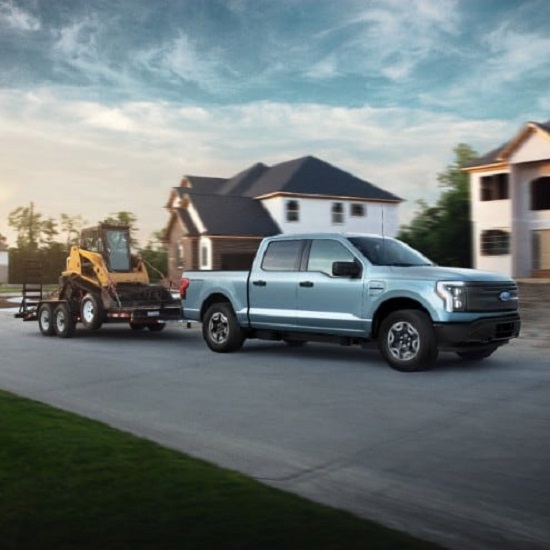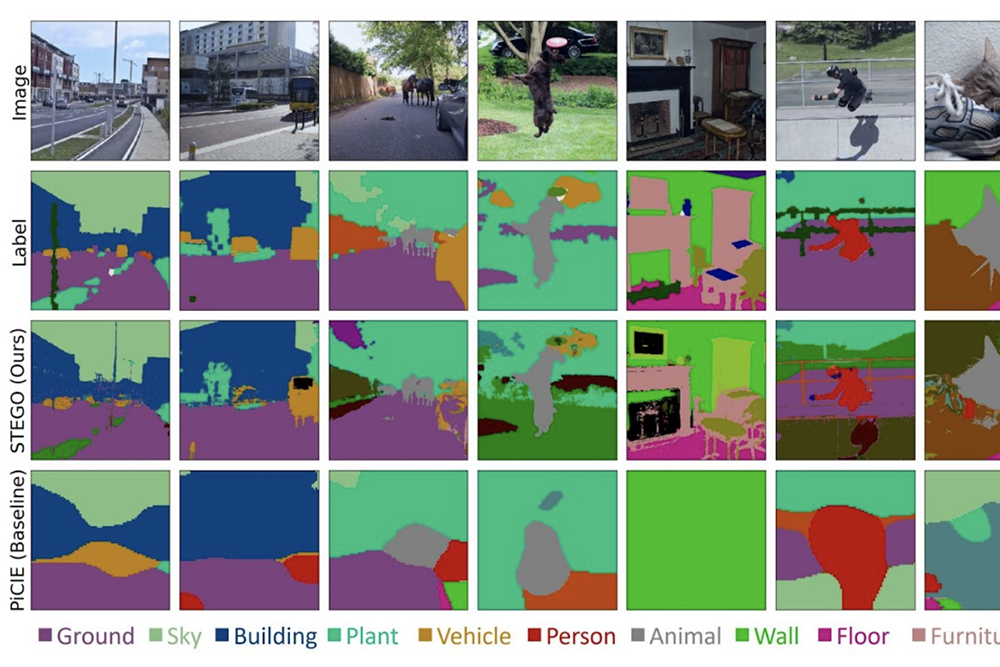Ford F-150 Lighting Electric Pickup to Have Level 2 Autonomous Driving
By John P. Desmond, AI Trends Editor The all-electric Ford F-150 Lightning, announced recently by the Ford Motor Co., will feature hands-free driving by virtue of Blue Cruise advanced driving assistance system (ADAS). The hands-free driving features will also be available on the 2021 internal combustion pickup truck and certain Mustang models through a software update […]


By John P. Desmond, AI Trends Editor
The all-electric Ford F-150 Lightning, announced recently by the Ford Motor Co., will feature hands-free driving by virtue of Blue Cruise advanced driving assistance system (ADAS).
The hands-free driving features will also be available on the 2021 internal combustion pickup truck and certain Mustang models through a software update later this year, according to an account in TechCrunch.
The hands-free capability uses cameras, radar sensors and software to provide a combination of adaptive cruise control, lane centering and speed-sign recognition. It has undergone some 500,000 miles of development testing, Ford emphasized in an announcement in April. The system also has an in-cabin camera that monitors eye gaze and head position to help ensure the driver’s eyes remain on the road.
The hands-free system will be available on vehicles equipped with Ford’s Co-Pilot360 Technology, first released in March 2018, which will only work on certain sections of divided highways. The system will initially be available on more than 100,000 miles of highways in North America.

Ford got high marks on the release. “Ford went well beyond installing a battery pack in a traditional F-150,” stated Karl Brauer, executive analyst with iSeeCars.com, a site that aggregates listings of used cars for sale. “It’s obvious Ford recognizes both the opportunity and risk presented by the shift toward electric vehicles, and the automaker has clearly committed to keeping the F-150 viable in a battery-powered world.”
Ford BlueCruise is described as a Level 2 ADAS in an account published recently at J.D. Power, the consumer intelligence company. It pairs a vehicle’s adaptive cruise control system with a lane-centering assistance system, to provide hands-free driving on qualified highways in the US and Canada. It works in a similar way to Super Cruise from General Motors. Ford initially introduced the technology in 2020 as Active Drive Assist.
How Blue Cruise Works
Ford BlueCruise uses data from a forward-facing camera and radar units combined with information from the navigation system’s GPS and map database.
Relying on GPS and map data, the technology knows when the vehicle is traveling on one of the approved sections of a divided highway, which are called Blue Zones. When the vehicle is in a Blue Zone, it communicates that status via text and blue lighting within the instrumentation.
To use BlueCruise, the driver activates the technology. If conditions are right, the system will take complete control of the vehicle, allowing the driver to let go of the steering wheel. BlueCruise uses adaptive cruise control with stop-and-go, lane-centering assistance, and speed sign recognition systems to handle all acceleration, braking, and steering tasks within the intended lane of travel.
However, because BlueCruise is a Level 2 semi-autonomous technology, the driver must remain alert and ready to take full control of the vehicle at any time.
A driver monitoring system continually observes the driver’s eyes and head position to ensure this readiness. If the driver becomes sleepy, or distracted, or attempts to do something else aside from driving, the system will issue a warning and cease operation shortly after that, according to the JD Power account.
Ford in 2020 tuned its system by sending a fleet of 10 test vehicles to roam 110,000 miles of roads laced across 37 states and five Canadian provinces. Drivers faced every type of road in every kind of weather, each test vehicle collecting data during their travels. Ford used the collected data to fine-tune BlueCruise before making it available to customers.

“There are highway intricacies and driving conditions that you simply cannot replicate in a lab,” stated Hau Thai-Tang, Ford’s chief product platform and operations officer, in the JD Power account. “Sending these vehicles out for real-world driving experience is just one of many ways we ensured that BlueCruise technology offers confidence and convenience for drivers all across the continent.”
Subscription Driving Features Up Ahead
Roads change over time, though. To remain current, BlueCruise relies on regular map data updates, and that costs money. Ford will charge $600 for the BlueCruise software, which also covers the first three years of service. After that, continued use of the technology will require a subscription.
Ford plans to enhance BlueCruise over time, adding more Hands-Free Blue Zones and offer Lane Change Assist and Predictive Speed Assist features.
When BlueCruise is active, if the driver signals a lane change, the Lane Change Assist function will be capable of autonomously steering the vehicle into the next lane when it is safe to do so. According to Ford, Predictive Speed Assist will automatically adjust the vehicle’s speed for situations including curves and roundabouts.
Winning the Heart of a Pickup Driver Over to EV a Challenge
Tesla has taken electric cars into the mainstream but it has yet to win the heart of America over to electric vehicles yet. That is why Ford’s announcement of the all-electric F-150 could be the most significant EV news yet in the US, suggests an account in Forbes written by James Morris, editor of the electric vehicle website WhichEV; he has over 25 years’ experience as a technology journalist.
“The Ford F-150 is a legend,” Morris states. In early 2020, it celebrated a straight 43 years as the number-one-selling truck in America. In 2019, Ford sold 896,526 F-150s, making it the best-selling car of all types. Most of the top-selling vehicles in the US are trucks. “It is clear that if you want to win over car-driving America, it has to be via a truck,” Morris stated.
Truck drivers raised on oil and gas might be tough to convince moving to electric. One area where the F-150 Lightning might fall short is range on a single charge. The single model will have over 230 miles of range; the larger version, 300 miles. While called “decent” by EV standards, “This could be an area where EV–hating pickup owners will criticize the Lightning,” Morris suggests.
Electric vehicles need to win in the USA to win overall, he suggests. “America is a huge car-buying market. In order to dominate the world, EVs have to win in the USA. To win in the USA, EVs need to be great pickups. The Ford F-150 Lightning might just be the vehicle to make that happen.”
One in every 16 vehicles on American roads is an F-150, and it is the most used vehicle in 39 states, according to a Boston Consulting Group study commissioned by Ford. “There’s lots of different kinds of sodas; there’s only one Coke. There’s lots of different electric pickup trucks, but there’s only one F-150,” stated Jim Farley, Ford’s chief executive, in an account in The Atlantic.
Receipts from F-Series trucks alone exceed Coca-Cola’s annual corporate revenue; that of every major U.S. sports league, combined; or Disney’s global theme-park business, according to the Atlantic report. According to the same BCG study, eight percent of the U.S. labor force uses an F-Series truck in their daily job.
Ford sells about 900,000 F-150s every year; all automakers collectively sold 250,000 new EVs total last year. “This may be one of the important products in decarbonization,” tweeted Tim Latimer, an energy-industry veteran, now chief executive of the geothermal company Fervo. An electric F-150 opens up an enormous new market for EVs and signals that climate-friendly technology has reached the soybean fields and construction sites of middle America, suggested the Atlantic account.
Read the source articles and information in TechCrunch, at J.D. Power, in Forbes and in The Atlantic.





































